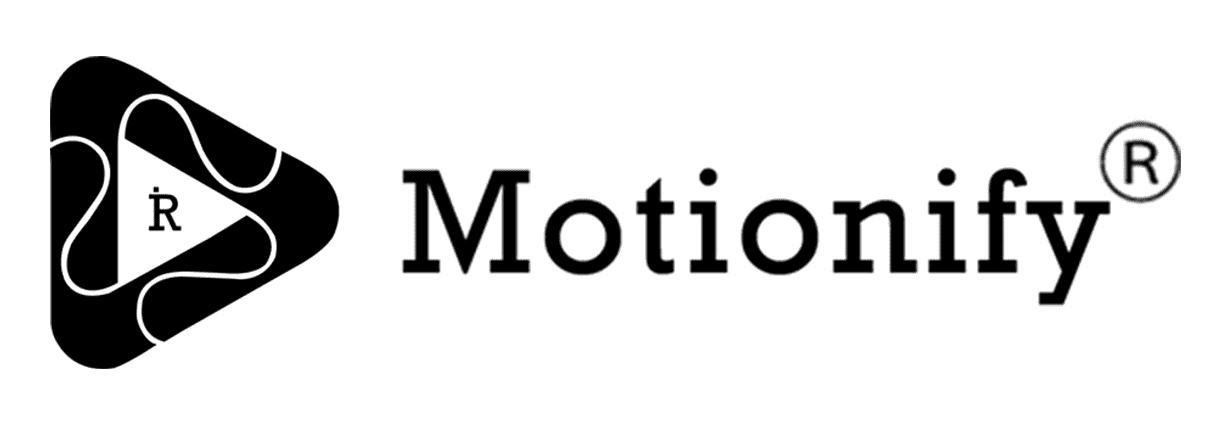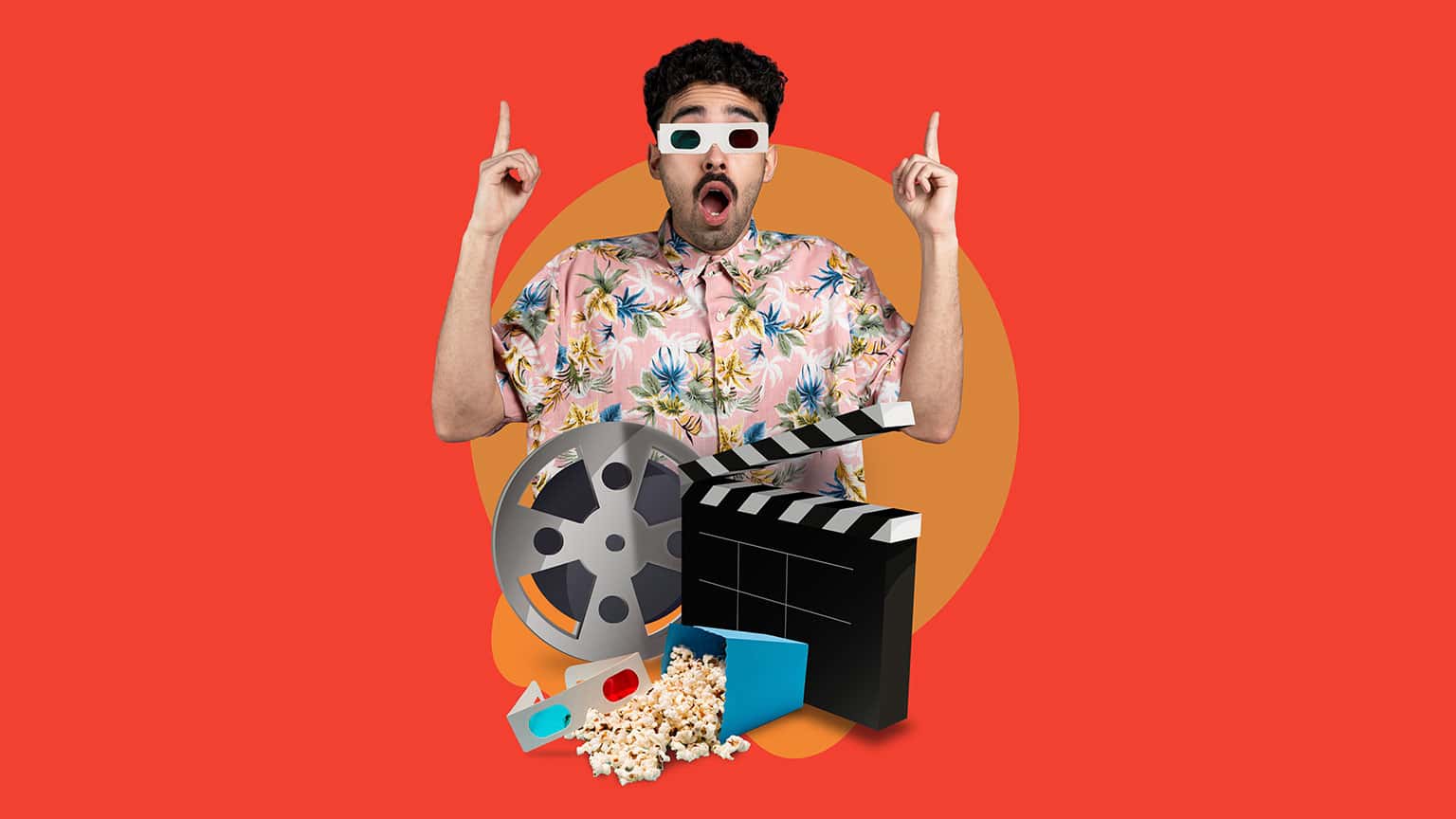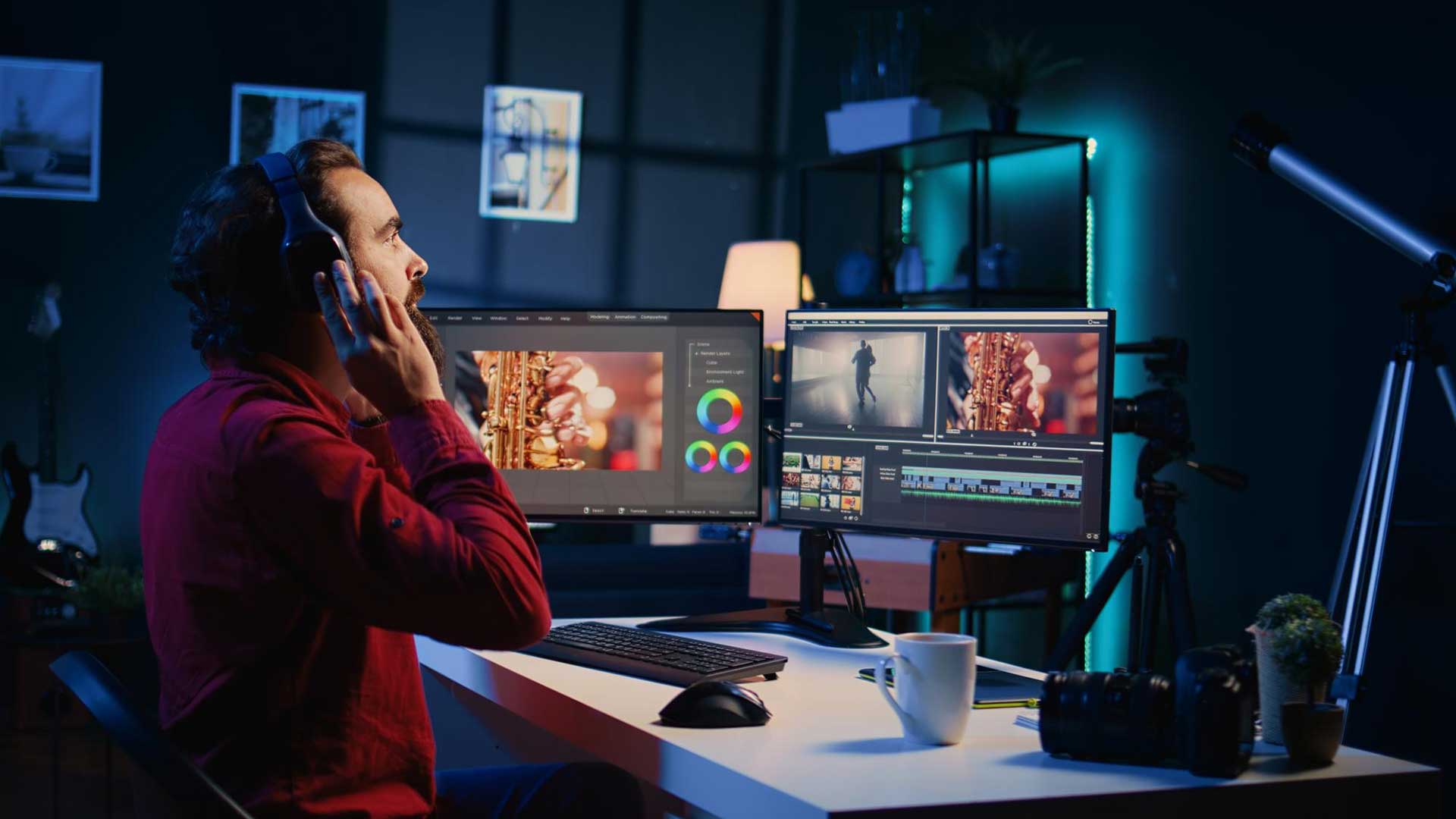
Lights, Camera, Conversion: How Smart Video Drives Results in 2025
I. Introduction
🎥 The Explosion of Video Content in the Digital Era
In today’s digital-first world, video has become the most powerful and pervasive form of communication. From product demos and brand stories to reels, shorts, and livestreams, video content dominates every major platform—YouTube, Instagram, TikTok, LinkedIn, and even email marketing. According to recent industry reports, over 82% of all consumer internet traffic in 2025 is projected to be video. This meteoric rise has created endless opportunities—but also immense noise.
⏳ Shifting Consumer Behavior: Shorter Attention Spans, Higher Expectations
Audiences in 2025 are both more receptive and more selective. With a swipe or skip, viewers can dismiss content in under 2 seconds. The average human attention span is now shorter than ever, and expectations for quality, relevance, and personalization are sky-high. Passive viewing is out. Audiences crave meaningful, bite-sized, and high-impact experiences that respect their time and provide immediate value.
💡 Why Brands Must Evolve from Just Creating Content to Creating Smart Content
Creating video content for the sake of visibility is no longer enough. Today’s brands need a smarter strategy—one that’s intentional, data-informed, and results-driven. Smart video content is built around specific goals, carefully tailored for its audience, and optimized for performance across platforms. Whether it’s increasing conversions, building trust, or amplifying brand voice, every frame must have purpose.
In 2025, the winners won’t be those who shout the loudest, but those who speak the clearest—with video that’s not just seen, but remembered and acted upon.
II. What Is “Smart Video”?
🎯 Definition: Purpose-Built, Data-Informed Video Content Tailored for Outcomes
Smart video is more than just visually compelling—it’s strategically engineered. It is purpose-built content, crafted with a clear goal in mind: whether that’s driving conversions, increasing engagement, educating users, or amplifying brand loyalty. Every element—from script to style, duration to distribution—is shaped by data insights and optimized for performance. It’s not about creating content for content’s sake; it’s about achieving measurable outcomes through video.
In short, smart video is:
- Goal-oriented (driven by KPIs like click-throughs, sign-ups, or time-on-page)
- Audience-focused (tailored for specific personas or customer journeys)
- Platform-optimized (built to succeed on the channel it lives on)
- Data-powered (informed by user behavior, A/B testing, and real-time analytics)
🔁 Traditional vs. Smart Video: The Key Differences
| Aspect | Traditional Video | Smart Video |
| Purpose | Brand awareness or storytelling | Clear, measurable objective (e.g., conversion) |
| Format | One-size-fits-all | Platform-specific, personalized variations |
| Audience | General public | Targeted personas based on behavior and intent |
| Content Style | High-concept, creative-first | Creative + data-driven balance |
| Success Metrics | Views, likes | ROI, CTR, engagement rate, lead generation |
| Optimization | Static post-launch | Iterative: A/B testing, real-time adjustments |
Smart video bridges creativity with marketing science—ensuring beauty and performance are not mutually exclusive.
📈 The Rise of Performance-Driven Storytelling
The future of video belongs to stories that perform. Brands are shifting from “just telling stories” to telling the right stories in the right way to the right people—and measuring impact along the way. Whether it’s a 15-second Instagram reel or a 2-minute product demo, every narrative is tied to outcomes. Emotional resonance is still critical, but now it’s backed by data, insights, and intent.
Smart video doesn’t sacrifice creativity—it sharpens it. The storytelling is just as powerful, but with a business brain behind the lens.
III. 🎯 Purpose Over Presence
Why Intention Matters More Than Visibility
In a world where content is constantly vying for attention, being seen isn’t enough—being remembered and acted upon is what truly counts. Many brands still fall into the trap of creating videos simply to have a presence, hoping that visibility will translate into value. But without a clear purpose, even the most beautifully produced video becomes noise.
Smart video flips the script. It starts with a single question: What is this video meant to achieve? Whether the goal is to drive leads, boost conversions, reduce churn, or elevate brand awareness, every frame, word, and visual choice is made to support that outcome. It’s not just about views—it’s about value per view.
Aligning Video Types with Business Goals
Different goals call for different video formats. Smart content isn’t generic—it’s precisely mapped to where your audience is in the funnel.
| Business Goal | Recommended Video Type |
| Brand Awareness | Hero videos, company culture films, short reels |
| Lead Generation | Product teasers, social ads, landing page videos |
| Sales Enablement | Product demos, customer testimonials, case studies |
| Onboarding & Education | Explainer videos, tutorials, welcome walkthroughs |
| Customer Retention | Thank-you videos, behind-the-scenes, user spotlight stories |
This approach ensures that every video serves a functional role in your marketing ecosystem—built not just to look good, but to work hard.
Case Example: 30-Second Product Explainer That Doubled Conversions
A SaaS startup launched a 30-second animated explainer video to clarify the value of their platform on their landing page. Before the video, their visitor-to-signup conversion rate hovered at 4.8%. After integrating the explainer at the top of the page—with sharp visuals, concise copy, and a compelling CTA—the conversion rate jumped to 9.6% within 30 days.
What made it work?
- Clear intent: Designed specifically to remove friction and explain value
- Crisp, audience-focused scripting
- Strong alignment between visuals and messaging
- A defined, visible call to action
This is the power of purpose-first storytelling—not more content, just the right content, executed smartly.
IV. 📊 Powered by Data
Using Audience Insights to Shape Content Strategy
Gone are the days of relying on gut instinct and creative guesswork alone. In 2025, data is the creative director’s most powerful tool. Smart video content is born from deep audience understanding—what they care about, how they behave, where they watch, and when they engage.
By tapping into audience insights from platforms like YouTube, Meta, TikTok, and website analytics, brands can identify:
- Which topics spark curiosity
- Which formats hold attention
- What messaging drives action
These insights fuel not just content ideation, but also influence tone, length, pacing, and visual style—ensuring videos are engineered for resonance, not just reach.
Real-Time Performance Tracking and Optimization
The beauty of digital video is its trackability. Unlike traditional media, smart video campaigns can be monitored in real time, allowing marketers to:
- Spot drop-off points
- Track engagement hotspots
- Measure click-through and conversion rates
If a video isn’t delivering expected results, it doesn’t have to be discarded. Instead, it can be refined mid-campaign—changing thumbnails, editing intros, or tightening CTAs—to improve performance without starting from scratch.
This agile approach transforms video into a dynamic asset, continuously optimized for better ROI.
A/B Testing Video Hooks, Thumbnails, and CTAs for Higher ROI
Every second counts. That’s why smart marketers test micro-elements of video content before scaling. A/B testing isn’t limited to email subject lines anymore—it’s essential for video too.
Here’s what top-performing brands test:
- Hooks (first 3–5 seconds) – Does it grab attention or cause a scroll?
- Thumbnails – Which visual compels more clicks?
- Calls to Action – Which phrasing or placement leads to higher conversions?
For example, a brand promoting a webinar tested two CTA lines:
- “Register Now” vs. “Reserve Your Free Spot”
The latter drove 22% more clicks, purely due to better alignment with viewer psychology.
This data-driven experimentation empowers teams to maximize performance, ensuring that video not only looks good—but works even better.
V. Built for the Platforms
Designing for Context: Instagram Reels vs. LinkedIn vs. YouTube Shorts
In 2025, video content is not one-size-fits-all—each platform is its own ecosystem with distinct user behavior, tone, and expectations. Smart video design starts with contextual awareness.
- Instagram Reels thrive on fast-paced, highly visual content with trending audio and hooks in the first 1–2 seconds. Ideal for lifestyle, behind-the-scenes, and snackable brand moments.
- LinkedIn demands a more polished, professional tone. Content here should build thought leadership, showcase culture, or highlight innovation—usually in a slightly longer, more narrative-driven format.
- YouTube Shorts blend entertainment and utility. They favor concise storytelling with visual payoff and are often optimized for discovery and subscriptions.
Smart video content is not just repurposed—it’s reimagined to match platform psychology, feed behavior, and community norms.
Mobile-First Formats and Thumb-Stopping Visuals
With over 80% of video consumption happening on mobile devices, the design language has shifted. Square or vertical formats now outperform traditional horizontal videos in most social scenarios.
What defines “thumb-stopping” in 2025?
- High contrast visuals and bold colors
- Animated typography that delivers key points fast
- Unusual camera angles or transitions that catch the eye mid-scroll
The goal is to earn the first 3 seconds of attention—once you have that, you can deliver your message.
Importance of Silent-Friendly and Captioned Content
In a world where most videos are watched without sound, silence is no longer a limitation—it’s a design challenge.
Smart video content speaks visually:
- Clear on-screen text
- Expressive motion graphics
- Emotion-driven visuals that convey tone without audio
Adding captions and subtitles is now a must—not just for accessibility, but for engagement. Captioned videos consistently see:
- Increased view time
- Higher completion rates
- Better comprehension and retention
Platforms like LinkedIn even autoplay videos silently in-feed—meaning if your message isn’t readable, it’s not seen.
Smart brands in 2025 don’t just create video—they create platform-native visual experiences that are as strategic as they are stunning.
VI. 🧠 Personalization & Interactivity
Dynamic Video Content Tailored by User Behavior, Geography, or Segment
In 2025, audiences no longer tolerate generic. They expect relevance—video content that speaks directly to their needs, preferences, and context. Smart videos use data to dynamically adapt:
- Geographic targeting: A solar energy company might showcase desert-resilient panels in Saudi Arabia and storm-resistant ones in coastal India—same message, locally resonant visuals.
- Behavior-based personalization: Visitors to a product page can receive follow-up videos that reflect their exact interests or challenges.
- Segment-specific messaging: A hiring campaign might display different video intros for developers, marketers, or sales candidates—each crafted to highlight relevant EVP points.
This isn’t future-thinking—it’s today’s competitive edge. Data + creativity = personalized storytelling that converts.
Shoppable Videos, Polls, and Branching Narratives
Interactivity turns passive viewers into active participants. In 2025, high-performing videos aren’t just watched—they’re clicked, tapped, and explored.
- Shoppable videos let viewers click directly on products or services mid-video and proceed to checkout—reducing the funnel friction drastically.
- In-video polls or sliders engage audiences while collecting real-time sentiment, boosting platform algorithms and brand insights.
- Branching narratives allow viewers to “choose their own path”—ideal for onboarding, product demos, or showcasing service packages.
This gamified layer of interaction dramatically increases retention and gives brands deeper behavioral data to refine future campaigns.
Boosting Retention and Conversion Through Engagement
Attention is currency. Personalization and interactivity are how you earn more of it—and turn attention into action.
- Interactive videos see 2–3x longer watch times
- Click-through rates jump by up to 500% with embedded CTAs
- Retention soars when the viewer controls or influences the story arc
This is the age of conversation over monologue. When your audience feels seen, heard, and in control—they stick around, they share, and they convert.
Smart video in 2025 isn’t just content—it’s an experience. And personalization is the lens that makes that experience unforgettable.
VII. 💡 The Creative–Performance Balance
Merging Cinematic Storytelling with Marketing Science
In 2025, video marketing is no longer a tug-of-war between creativity and performance—it’s a strategic partnership. Brands are no longer asking whether their videos “look good” but whether they work. Smart video is where cinematic storytelling meets data-driven precision.
That means:
- Narratives crafted to spark emotion and connection — not just sell.
- Visuals and pacing engineered to retain attention across 3, 15, or 60 seconds.
- Story arcs that naturally integrate CTAs, benefits, and differentiators—without feeling forced or salesy.
When creativity is guided by data, and performance is delivered through emotion—you get content that captivates and converts.
Why Creativity Still Matters in Performance-Led Videos
Metrics matter—but they only tell half the story. It’s the creative layer that makes content memorable, shareable, and brand-worthy.
- A well-written hook can reduce drop-off by 40%.
- A unique visual style boosts brand recall.
- A powerful story can drive emotional resonance—turning a passive viewer into a passionate brand advocate.
In a sea of algorithm-chasing, template-driven content, creativity is your competitive advantage. It’s what makes your brand human, bold, and impossible to scroll past.
Collaborating with Agencies That Understand Both Worlds
Most agencies fall into one of two buckets: creative-first (cinematic, but unaware of funnel performance), or performance-first (data-obsessed, but creatively flat). In 2025, the winning content comes from teams that speak both languages fluently.
An ideal partner:
- Understands brand identity and platform dynamics.
- Merges design thinking with marketing KPIs.
- Can brainstorm a narrative arc and split-test 6 thumbnails in one breath.
This hybrid approach is what separates “nice videos” from videos that drive real growth.
Smart video = storytelling + science. It’s not a compromise—it’s a multiplier.
Ready to wrap with the final section?
VIII. 🚀 The 2025 Playbook: Actionable Steps to Smarter Video?
VIII. 🚀 Real-World Wins
Smart video isn’t just theory—it’s transforming outcomes across industries. Let’s break down a few compelling case studies that showcase how purpose-built, data-informed video content delivers measurable impact.
🔥 D2C Brand: 40% Uplift in Sales with TikTok UGC Ads
A fast-growing direct-to-consumer (D2C) skincare brand was struggling with rising CAC (Customer Acquisition Cost) on traditional platforms. Instead of polished, high-production videos, the brand pivoted to authentic user-generated content (UGC) on TikTok.
What worked:
- Raw, real-feel testimonials from micro-influencers
- Product benefits demonstrated in under 15 seconds
- Native-style edits aligned with TikTok trends
The result:
A 40% increase in product sales within 3 weeks. The video content outperformed traditional ad creatives by 3x in CTR and engagement, proving that smart, platform-native content wins attention and action.
💻 SaaS Company: 3x Demo Signups with Personalized Onboarding Videos
A mid-sized SaaS company offering B2B productivity tools struggled with demo conversions from cold leads. They tested a series of AI-personalized onboarding videos triggered by lead behavior.
What worked:
- Personalized intros using the viewer’s first name and company
- Branching video flows based on the user’s industry
- Embedded CTAs for instant demo scheduling
The result:
A 3x increase in demo signups and 25% faster lead-to-MQL conversion. The personalized video touch not only impressed prospects but reduced onboarding friction, building trust instantly.
🏢 Enterprise: 2x Engagement Using AI-Generated Explainer Videos
A global enterprise in the fintech sector wanted to simplify its complex product suite for internal and external audiences. Instead of static slides or long tutorials, they deployed AI-generated explainer videos using avatars, voice cloning, and motion graphics.
What worked:
- AI-generated spokespersons speaking in regional accents
- Multilingual versions for global teams
- Short 60–90 sec explainers tailored to each product line
The result:
2x engagement on internal knowledge portals and over 150% increase in completion rates. By blending automation with creativity, the company scaled video content without sacrificing clarity or brand quality.
The takeaway?
Smart video isn’t just smart in concept—it’s proven in performance. Whether you’re a startup or enterprise, the future of engagement is visual, data-driven, and purpose-built.
IX. 🎬 Conclusion
In today’s hyper-connected, content-saturated world, smart video is no longer a luxury—it’s a necessity. As platforms evolve and audiences grow more selective, the margin for passive, one-size-fits-all content has vanished. Success in 2025 and beyond hinges on precision, personalization, and performance.
📌 From Content to Conversion
While anyone can hit record, only purpose-built video content converts. Brands that treat video as a strategic business tool—rather than just a creative output—are the ones winning attention, driving engagement, and securing long-term loyalty.
Smart video stands at the intersection of:
- Creativity and data
- Emotion and logic
- Storytelling and outcomes
🚀 Lead the Attention Economy
In the era where every scroll, tap, and swipe matters, the brands that invest in smart video today are the ones that will dominate tomorrow. Whether you’re launching a new product, nurturing leads, or building community—intentional, insight-driven video is the sharpest arrow in your quiver.
📅 2025: The Year of Video Performance Mastery
This is the year to shift from experimentation to execution. From vanity metrics to value. From “just being seen” to truly making an impact.
So the question isn’t “Should we use video?”
It’s: “Are we using the right video?”
Because in 2025, only smart video wins.









Leave a Reply
You must be logged in to post a comment.